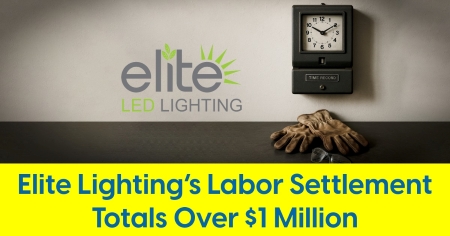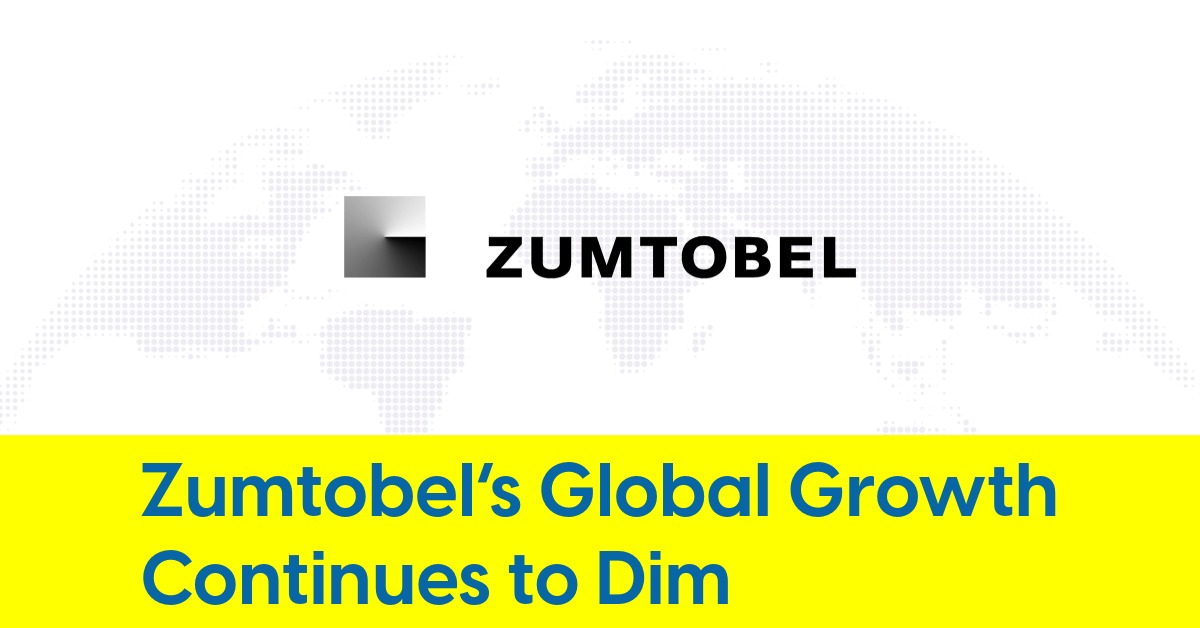October 29, 2025
6 Nuanced Takeaways from Acuity’s Boldest Year Yet

Beneath the surface, key decisions hint at future priorities for North America's lighting leader
In a year marked by record sales, record profits, and its largest acquisition to date — a $1.2 billion bet on pro AV powerhouse QSC — Acuity is reshaping its future in plain sight. The sweeping rebrand from “Acuity Brands” to “Acuity Inc.” wasn’t just cosmetic. Nor was renaming its Intelligent Spaces Group to “Acuity Intelligent Spaces.” These weren’t marketing flourishes; they were declarations of intent.
Every year, Inside Lighting digs deep into Acuity’s annual report, not for the headlines, but for the things hiding just beneath them. The nuance. The strategy. The fine print. It’s a ritual of sorts. And this year’s 10-K didn’t disappoint.
Yes, the press releases talked up the billion-dollar acquisition, the new name, the big ambitions. But as always, the real story is buried in capital allocations, workforce drift, global structuring, and a few quiet risk disclosures. Here's what we found in Acuity Inc.'s 2025 annual report — and what those details say about where the company is going,
1. Supply Chain Realignment: Betting on Mexico, Hedging Against China
In the age of tariff anxiety and supply chain realignment, Acuity’s operations read like a blueprint drafted for post-globalization. With over 71% of finished goods now manufactured in North America, Acuity is gradually executing a regionalization strategy most peers are still sketching out on whiteboards. Its seven Mexican facilities handled 55% of all finished goods in FY2025, up from 53% the year prior.
The company also introduced a new category: 2% of finished goods are now purchased from Mexico — possibly products previously sourced from Asia. In contrast, purchases from Asia shrank from 17% to 15%, a notable retreat especially since Acuity was already halfway through its fiscal year when the tariff mayhem started in February.
At a time when trade wars are less volatile, but still unpredictable, Acuity’s Mexico play looks prescient. It’s not just about moving boxes — it’s about fortifying margins and shielding operations from geopolitical whiplash.
2. A.I. Topic Moves from Buzzwords to Declarations
Artificial Intelligence didn’t just make the product roadmap this year — it made the risk register.
For the first time, Acuity explicitly flagged AI-related risks in its 10-K. The disclosure listed concerns around bias, cybersecurity, and compliance with evolving U.S. and EU regulations. This isn’t a hypothetical concern: AI is already operational inside Acuity, showing up in Seervision’s auto-framing cameras (QSC), Atrius Wayfinder, and possibly other internal systems and processes.
That the company is disclosing AI risk at all suggests it sees AI not as an accessory but as a dependency. In an industry where machine-driven occupancy models guide energy use and staffing decisions, an AI misstep isn’t a bug — it’s a potential lawsuit.
3. Capital Structure: From Net Cash to Strategic Leverage
Acuity entered FY2025 with a war chest. By mid-year, it had deployed it. The QSC deal, priced at $1.215 billion, transformed the company’s balance sheet, flipping it from a net cash position to modest leverage. But this isn’t a debt-fueled binge. It's chess.
Acuity took on a $600 million term loan, repaying $200 million within ten months. That pace implies confidence — either QSC is already cash-generative, or Acuity diverted capital from other uses (like buybacks, which dropped to $32 million from $88 million the year prior). Total gross leverage sits at 1.4x EBITDA, netting out at a conservative 0.7x — well within industrial norms and far below the 3.75x ceiling allowed by lenders.
This isn’t financial engineering — it’s capital discipline. And it raises a question: did Acuity just buy a software company disguised as AV hardware?
4. Workforce Numbers Reveal a Shifting Balance
Acuity ended FY2025 with 13,800 employees, up 600 from the prior year. But these numbers are snapshots taken at fiscal year-end — August 31. They don’t capture seasonal fluctuations or flexible labor arrangements. And they obscure a deeper shift.
Despite a 500-person drop in Mexico, headcount rose by 1,100 outside Mexico, including a 700-person increase in the U.S. and 400 internationally. That net gain tracks closely with what Acuity highlighted at the time of the QSC acquisition.
The reported headcount figures in Mexico — 8,700 in FY2024 and 8,200 in FY2025 — reflect a snapshot as of August 31 each year, not a constant throughout the fiscal period. Manufacturers regularly flex their hourly workforces based on production demand, so the declining numbers could reflect temporary fluctuations tied to seasonal or project-based labor. While the year-over-year decline also suggests productivity gains, it doesn’t necessarily indicate a permanent reduction.
5. Subsidiary Footprint Reflects a Platform Strategy — and a European Bet
The 10-K lists multiple new legal entities, including Acuity Digital Ireland, Acuity Intelligent Spaces UK, and a formal U.S. entity tied to Missouri-based KE2 Therm. Acuity also absorbed 11 QSC-related subsidiaries spanning North America, Europe, and Asia.
In early September, Acuity CEO Neil Ashe landed in Cork, Ireland to cut the ribbon on the company’s new Global Digital Centre of Excellence. He brought an entourage — senior executives, comms staff, and unmistakable signals that this wasn’t just another regional office. It might become Acuity’s European headquarters.
“This is where we build the future,” Ashe told The Irish Examiner. The Cork site will hire over 100 technical employees — software engineers, data scientists, cloud architects. No fixture assembly lines here. Just code, analytics, and cloud-first platforms.
The choice of Ireland wasn’t random. Acuity already has physical operations in France, England, and the Netherlands. But Cork marks a strategic pivot to software-defined services in English-speaking, tech-savvy, and tax-efficient terrain. Ashe didn’t mention the 12.5% corporate tax rate — but he didn’t need to.
This is what global growth looks like when it’s software, not steel, that defines the future.
6. This Wasn’t in the Annual Report, But It’s Hard to Ignore
In a year when AI chip stocks dominate headlines and many manufacturing peers are grappling with shrinking revenues and profits, Acuity is doing something refreshingly unglamorous: performing. The company isn’t chasing hype cycles or buzzy narratives. It’s simply delivering steady returns — and long-term investors are reaping the benefits.
During intraday trading today, Acuity’s share price sat at $367.62 — just a hair shy of its all-time high of $375.67 set earlier this month. That’s not just a win. It’s a near tripling of value since CEO Neil Ashe’s first day on the job back on January 31, 2020, when shares were trading at $121.55. For anyone patient — or lucky — enough to hold onto their stock through a pandemic, supply chain chaos, and an LED commoditization hangover, the payoff has been nothing short of impressive: a 202% increase in just under six years.
Even more telling is the momentum this past fiscal year. From August 2024 to August 2025, shares jumped from $253.99 to $326.32, a 28% gain in 12 months. And during the first two months of FY26 – August 31 year-end baseline to today, shares have added another 12.6%. These aren’t the swings of a volatile tech darling — they’re the steady gains of a company that seems to be executing with quiet confidence.
Acuity isn't getting the Wall Street headlines and CNBC spotlight, but maybe that’s part of the charm.










